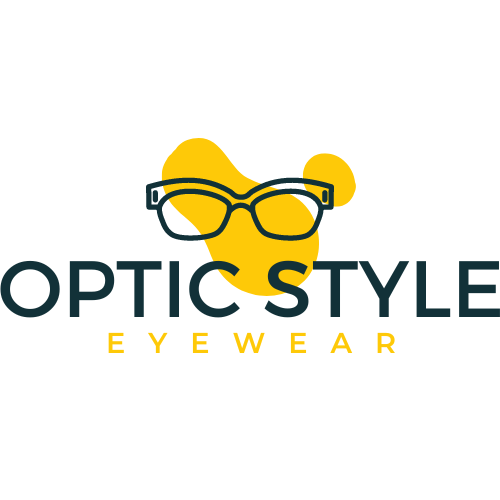Hyperopia, commonly known as farsightedness, is a common refractive error that affects people of all ages. It occurs when the eye is unable to focus on objects that are close, resulting in blurred vision. While not a serious vision problem, hyperopia can cause significant discomfort and hindrance in daily life if left uncorrected.
Farsightedness is typically caused by an eyeball that is shorter than average, or a cornea that is too flat. These structural abnormalities prevent incoming light from properly focusing on the retina, the light-sensitive tissue at the back of the eye. As a result, the image formed by the eye appears blurry, making it difficult to see nearby objects clearly.
Individuals with hyperopia often experience symptoms such as eyestrain, headaches, and difficulty reading or performing close-up work. They may also suffer from fatigue, as the constant effort to focus on near objects can be exhausting for the eyes. In some cases, farsightedness can lead to crossed eyes, also known as strabismus, as the eye muscles work harder to compensate for the refractive error.
Children with hyperopia may also experience difficulties in school, as they may struggle to see the chalkboard or read books up close. If left uncorrected, farsightedness can hinder a child’s learning and development, as they may face challenges in both academic and social settings. It is crucial for parents to be aware of the signs and symptoms of hyperopia and seek timely professional eye care for their children.
Diagnosis of hyperopia is usually done through a comprehensive eye examination conducted by an optometrist or ophthalmologist. The eye doctor will evaluate the refractive error using a series of tests, including visual acuity tests, retinoscopy, and subjective refraction. These tests enable them to determine the degree of farsightedness and prescribe the appropriate corrective measures.
The most common treatment for hyperopia is the use of corrective lenses, such as glasses or contact lenses. These lenses help to bend light rays before they enter the eye, allowing them to focus properly on the retina. Glasses are a popular choice, especially for those with mild to moderate farsightedness, as they are easy to wear and maintain.
Another option for individuals with hyperopia is refractive surgery, which permanently corrects the refractive error. There are various surgical procedures available, including LASIK, PRK, and phakic intraocular lenses. During these surgeries, the shape of the cornea or the lens of the eye is altered to improve its focusing ability. It is important to note that not everyone is a suitable candidate for these surgeries, and a thorough evaluation by an eye care professional is necessary to determine eligibility.
While farsightedness cannot be prevented, its impact can be minimized through regular eye examinations and timely correction. Early detection and treatment are paramount, as untreated hyperopia can lead to complications such as strabismus, amblyopia, and eye strain. By seeking professional care, individuals with hyperopia can experience improved vision and a better quality of life.
In conclusion, hyperopia, or farsightedness, is a common refractive error that affects the eye’s ability to focus on nearby objects. It can cause blurred vision, eyestrain, and headaches, among other symptoms. Prompt diagnosis and treatment through corrective lenses or refractive surgery can greatly improve the clarity of vision and overall well-being. Regular eye examinations and awareness of the signs of hyperopia are crucial for maintaining good eye health and preserving visual acuity.
